2023 Journalism Awards
The American Academy of Religion, the world’s largest association of academics who research or teach topics related to religion, announces the winners of its 2023 awards for the best in-depth reporting on religion. Awards are given in two categories: Best In-Depth Newswriting and (new) Best In-Depth Multimedia Journalism.
Best In-Depth Newswriting
This year’s recipients submitted up to three news articles, columns, editorials, and other reporting in any published medium of any audience or market size published in the calendar year 2022. First-place winner receives $500; second-place, $150; and third-place, $100.
Best In-Depth Multimedia Journalism
This year’s recipients submitted up to three pieces of broadcast, radio, podcast, interactives, or other multimedia news media distributed for any audience or market size and published in the calendar year 2022. First-place winner receives $500; second-place, $150; and third-place, $100.
2023 Journalism Awards Jury
The 2023 AAR Journalism Awards jury for Best In-Depth Multimedia Journalism included Manya Brachear, host of People of the Pod and The Forgotten Exodus podcasts, with bylines in Chicago Tribune, Religion News Service, Time, and Moment; and Mary F. Foskett, Wake Forest Kahle Professor of Religious Studies and Albritton Fellow at Wake Forest University.
The 2023 AAR Journalism Awards jury for Best In-Depth Newswriting included Deborah Jian Lee, senior editor at the Economic Hardship Reporting Project, fellow at Harvard Divinity School, author of Rescuing Jesus (Beacon Press), with bylines in Foreign Policy, Fast Company, ELLE, Playboy, Slate, WBEZ, and WNYC; and Nicola Menzie, founding editor of Faithfully Magazine, with bylines in The Christian Post, Christianity Today, and Religion News Service.
Jury chair David Newheiser is a Senior Research Fellow at the Institute for Religion and Critical Inquiry, Australian Catholic University, and a member of the AAR's Committee on the Public Understanding of Religion.
Best In-Depth Newswriting
This year’s recipients submitted up to three news articles, columns, editorials, and other reporting in any published medium of any audience or market size published in the calendar year 2022.
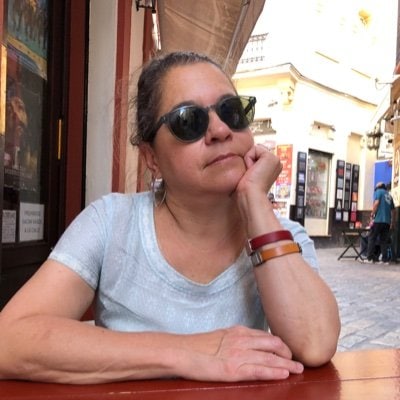
First Place
Sarah Posner
Example of Award-Winning Work: Andrew Hartzler Wasn’t Allowed To Be Gay on Campus. So He’s Suing
Sarah Posner — columnist for Moment, TPM, and MSNBC — won the first-place award. Her submission examines the debate over religiously-motivated discrimination in the United States. Posner focuses on Christian schools who have sought the right to discriminate, first on the basis of race and more recently with respect to sexuality. The jury was impressed by Posner's ability to trace the effect of this debate on individual lives while clarifying its social and historical context. By virtue of its breadth and depth, Posner's reporting makes an exemplary contribution to the public understanding of religion.

Second Place
Deepa Bharath
Example of Award-Winning Work: Asian faiths try to save swastika symbol corrupted by Hitler
Deepa Bharath — reporter for the Associated Press — won the second-place award. She submitted an article that explores the way different religious groups understand a single highly-charged symbol, the swastika. As Bharath describes, for Hindus, Buddhists, and Jains the swastika symbolizes peace and good fortune, while white supremacists have adopted the symbol to evoke the violence of Nazi Germany. In the jury's view, the submission illuminates important questions of religion and public life through a crisp and engrossing description of communities many readers may find unfamiliar.
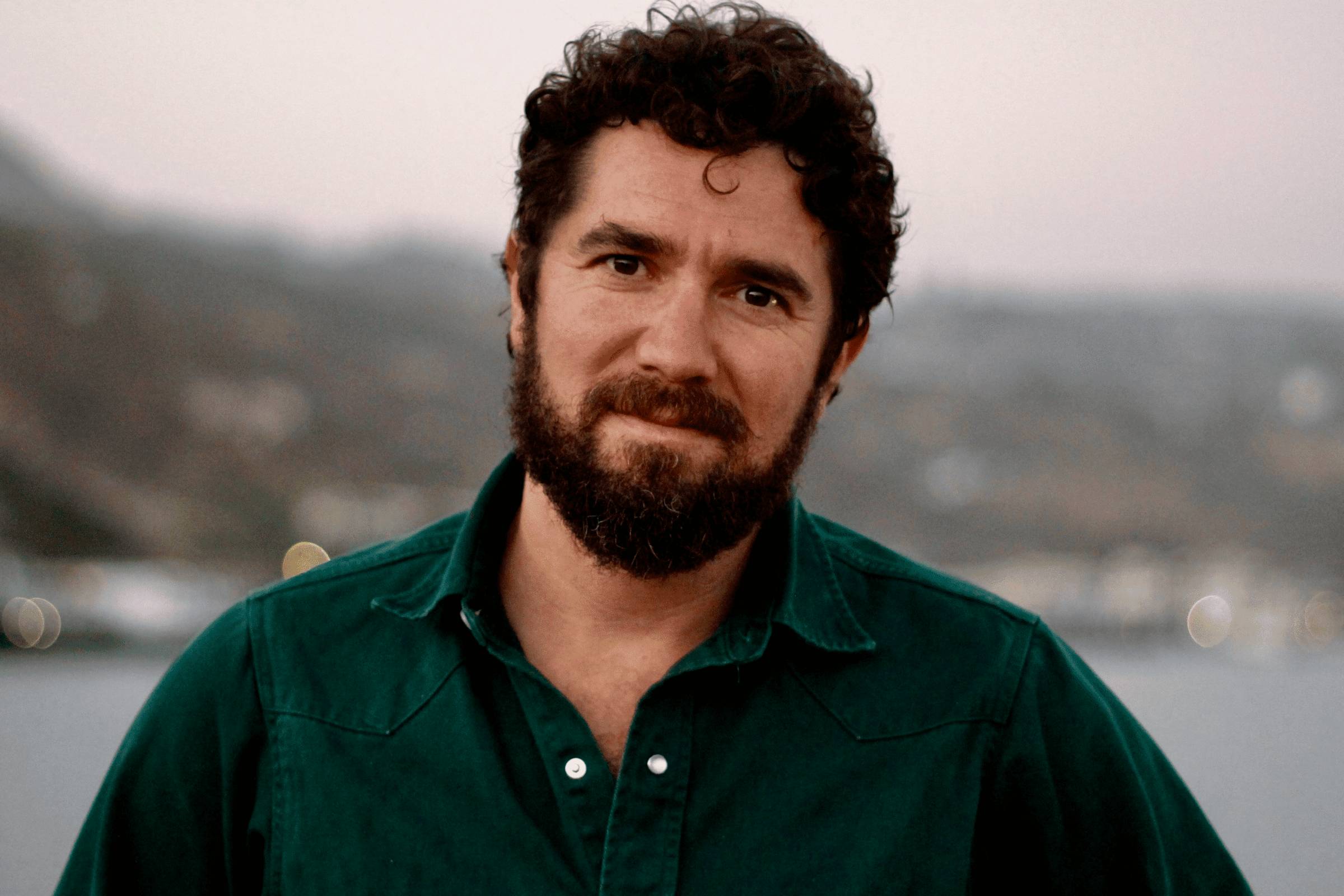
Third Place
Sam Kestenbaum
Example of Award-Winning Work: Demon Time: How a former actress-turned-Christian EDM singer from small-town New York became a Pentecostal faith healer for the TikTok era
Sam Kestenbaum — whose work appears in The New York Times, The Washington Post, Rolling Stone Magazine, and elsewhere — won the third-place award. His submission included an extended article about Kathryn Krick, a faith healer who flourished on TikTok during the COVID-19 pandemic. Kestenbaum describes the convergence of Pentecostal Christianity and technological innovation that characterizes Krick's Californian form of religion. The jury noted that Kestenbaum's writing is remarkably fluent and engaging; each article in his submission makes a little-known dimension of modern religion vividly accessible.
Best In-Depth Multimedia Journalism
This year’s recipients submitted up to three pieces of broadcast, radio, podcast, interactives, or other multimedia news media distributed for any audience or market size and published in the calendar year 2022.
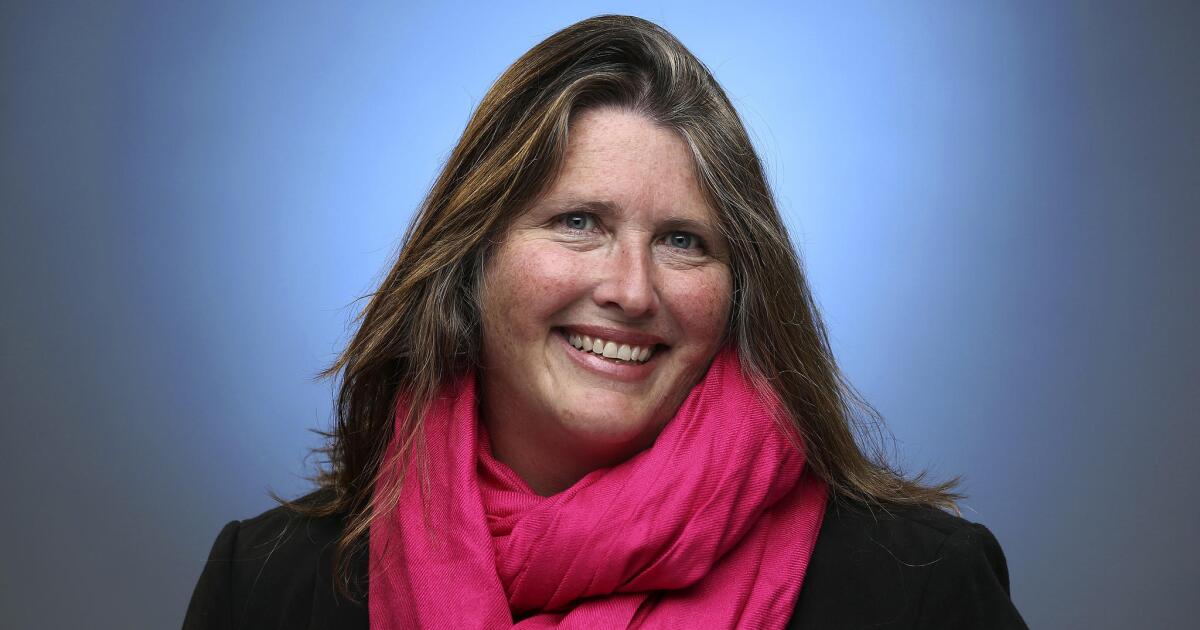
First Place
Francine Orr
Example of Award-Winning Work: The fight against COVID, a chaplain says, unfolded on 'sacred ground'
Francine Orr — staff photojournalist at the Los Angeles Times — won the first-place award. Her submission combines photos and narrative reflection, inviting viewers into a Los Angeles hospital during the COVID-19 pandemic. By focusing on the work of the hospital's senior chaplain, Orr offers an intimate reflection on the place of spirituality in health care. The jury found that her images are exquisitely crafted, while the accompanying essay and behind-the-story podcast interview are extraordinarily thoughtful. Orr has previously received awards for her work on public health and poverty in Africa, India, and the United States.
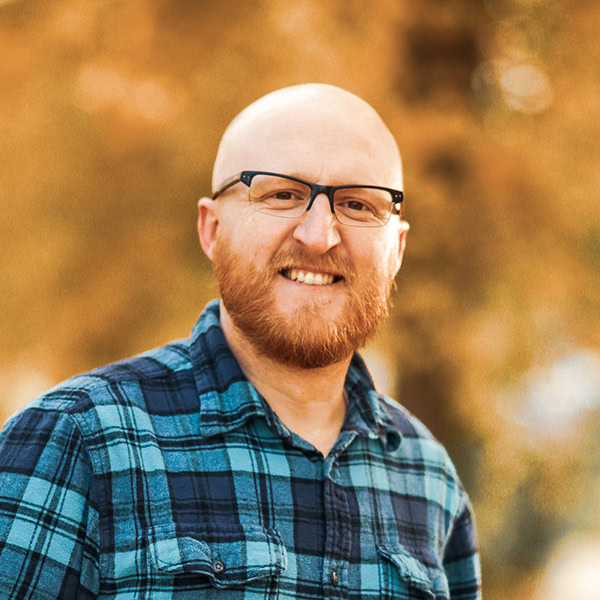
Second Place
Blair Hodges
Example of Award-Winning Work: Hidden, with Ayala Fader
Blair Hodges — host, producer, and editor of the podcast Fireside — won the second-place award. He submitted two episodes of the podcast series, which explores the breadth and complexity of religion, from Hasidic Jews questioning their community to atheists who pray with the help of Jane Eyre. The jury particularly appreciated Hodges's use of in-depth interviews to make scholarship on religion accessible, engaging, and widely available. Alongside his work as a journalist, Hodges completed a master's degree in Religious Studies at Georgetown University.
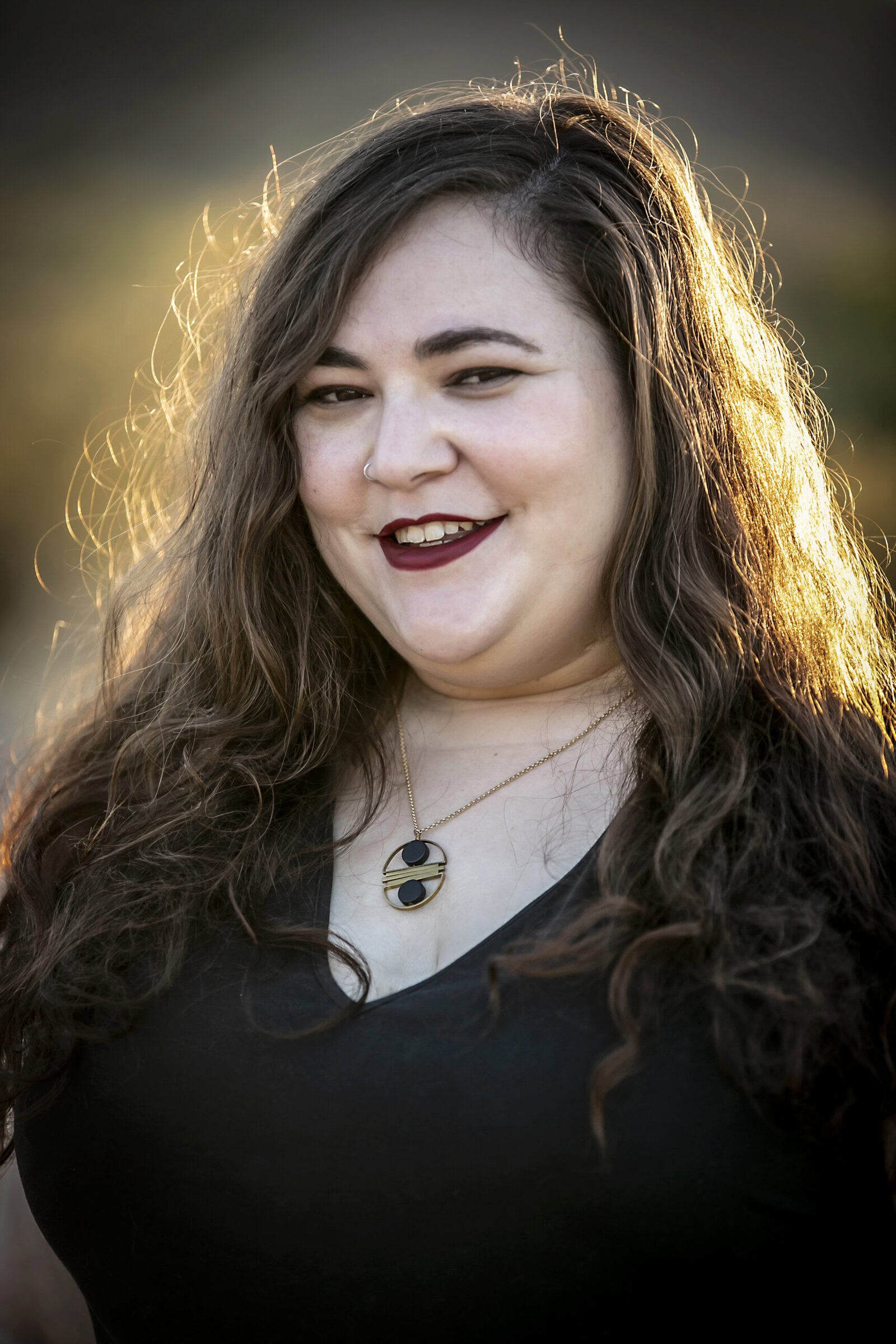
Third Place
Sarah Ventre
Example of Award-Winning Work: Mystic Mother 1. Aphrodite
Sarah Ventre — managing producer, reporter, and writer of the podcast Mystic Mother — won the third-place award. By focusing on the Phoenix Goddess Temple, which promised spiritual healing through physical intimacy, the series offers an extraordinary perspective on religious freedom and experience in modern America. The jury was struck by the submission's originality, creativity, and technical sophistication. Prior to receiving this award, Ventre was widely recognized for her reporting on a fundamentalist Mormon community on the Utah-Arizona border.
